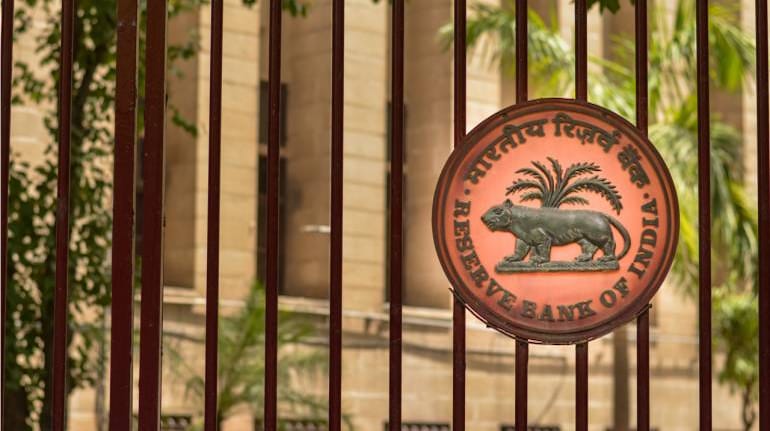



States continue to have a good budgetary outlook and robust domestic economic growth, according to a Reserve Bank of India report on state finances. H2FY24 state income growth is anticipated to increase on a favourable basis with strong GST collection, according to the report.
According to the central bank's report on state finances, the states have maintained the financial improvement, which was made in the financial year 2021-22 and was further maintained in the financial year 2022-23. The combined states' gross fiscal deficit (GFD) was contained at 2.8 percent of GDP, which is below the budget estimates for the second year in a row.
According to the report titled "State Finances: A Study of Budgets of 2023–2024," the main way to reduce the deficit was to decrease the revenue gap while maintaining significant capital expenditures.
According to the research, "the implementation of the goods and services tax (GST) has led to increased tax buoyancy for the states."
The research stated that although states' total outstanding liabilities are expected to decrease from a peak of 31 percent of GDP in 2020-21 to 27.6 percent of GDP in 2023-24, several states may still have outstanding liabilities above 30 percent of GDP.
The Union government's special assistance to states for capital investment scheme helped to boost capital outlays, which increased by 52.6 percent in the first half of the current fiscal year. Revenue expenditure growth slowed to 8.9 percent in terms of expenditure dynamics. States continue to have a good budgetary outlook with increased tax income anticipated in the second half.
According to the report, states' reliance on net market borrowings decreased to 76 percent in the planned GFD for 2023-2024, after a considerable increase in the previous financial year. According to the research, gross market borrowings rose to Rs 7.58 lakh crore in 2022-2023 despite certain states having decreased borrowings during the previous two years. In 2022-2023, the net market borrowings rose by 5.4 percent, with a concentration in particular states.
The ratio of revenue expenditure to capital outlay (RECO), which was 6.0 in the preliminary accounts of 2022-2023 but is predicted to drop to 5.0 in the financial year 2023-2024, indicates an improvement in the quality of state expenditures. Further, by implementing a Single Nodal Agency the Union government and the states are actively updating banking agreements, cash management procedures and money transfer systems.
States have allocated 14.4 percent of GDP for revenue expenditures and 8 percent for social sector expenditures in 2023-2024. It is anticipated that committed spending, which covers administrative costs, pensions and interest payments will stay around 4.5 percent of GDP. Following a relatively quiet fiscal year, capital expenditure is expected to soar by 42.6 percent, mostly due to increased loan allocations under the Scheme for Special Assistance to States for Capital Investment.
With the help of fiscal consolidation, the debt-to-GDP ratio of the states decreased from 31 percent at the end of March 2021 to 27.5 percent by the end of March 2023. Moderation was observed in the debt service ratio, which is determined by dividing interest payments from revenue sources, the report added.
States' revenue receipts increased significantly in the fiscal year 2021-2022, which was a result of the lockdown measures being loosened and the economy picking up speed afterwards. This rise in tax income, including personal taxes and tax devolution, as well as non-tax revenues, was the main driver of this spike in revenue collections, which essentially made up for lower central grants.
The spending dynamics patterns show that revenue expenditure as a proportion of GDP fell in 2021-22 compared to the pandemic high in 2020-21. This decrease is a sign of attempts to cut expenditure on COVID-related expenses and budgetary consolidation. Notably, funding for several development-related initiatives was cut, while spending on the power industry, healthcare, and public health rose in response to the states' reaction to the pandemic's second wave.
Discover the latest Business News, Sensex, and Nifty updates. Obtain Personal Finance insights, tax queries, and expert opinions on Moneycontrol or download the Moneycontrol App to stay updated!
Find the best of Al News in one place, specially curated for you every weekend.
Stay on top of the latest tech trends and biggest startup news.